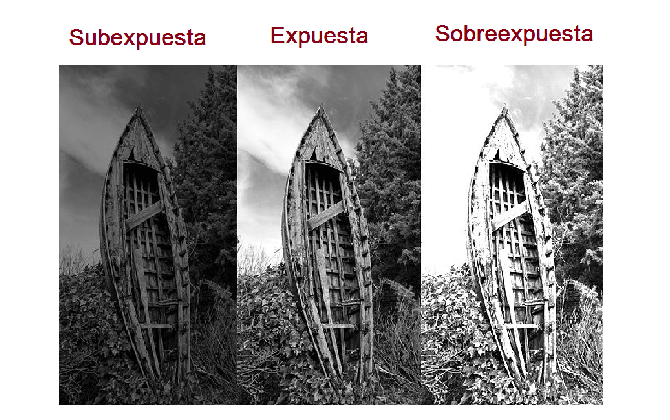Within the world of photography, exposure is the amount of light that hits the film or the camera sensor. Light passes through the lens and is directed at the camera’s sensor during a specific moment. That amount of light will be what will determine the final appearance of the image. The main intention of the photographic exhibition is to capture images with an appropriate light to collect in it all the details of lights and shadows.
Within the exhibition we can see three different types that are the following:
- Overexposure. When the sensor captures too much light it will produce an effect known as overexposure. This will result in the image appearing burned out and without information in the lightest areas of the photo.
- Underexposure. When the camera’s sensor is unable to absorb enough light, it produces an effect called underexposure. This will cause a lack of information in the darkest areas of the photo.
- Correct exposure: The photograph collects the appropriate amount of light to scrupulously represent the photographed scene.
Overexposure and underexposure can be attenuated or practically solved with the use of a device called flash. With it we will receive the necessary light to take a photograph. The flash it produces is also known by the same name. There are two types of flash:
- Built-in flash. The vast majority of cameras have a built-in flash that cannot be removed.
- External flash. This, as the name indicates, is not incorporated into the camera. It can be attached to the hot shoe of the camera or away from it by triggering it remotely.

